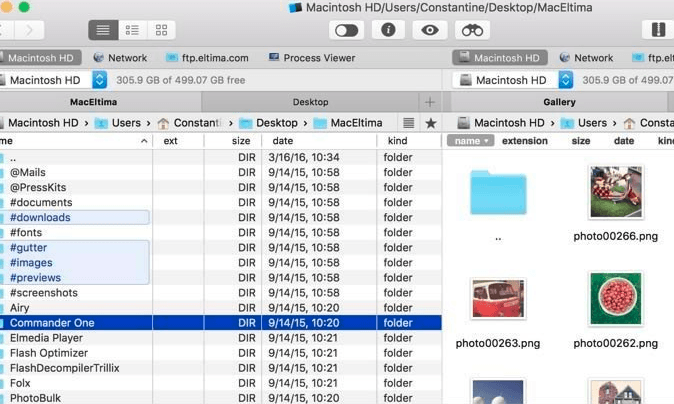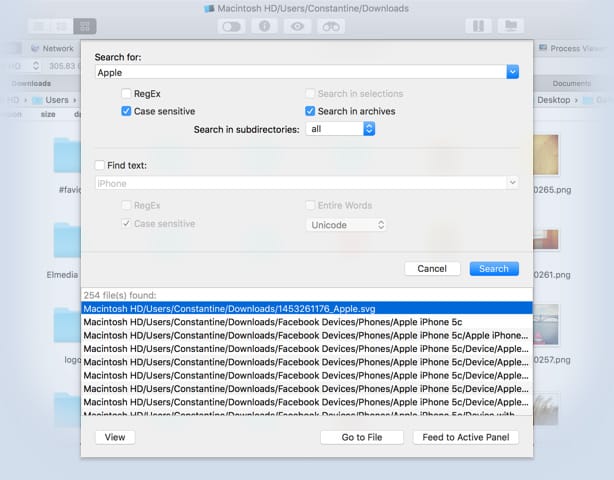
- Commander one connect to google drive how to#
- Commander one connect to google drive install#
- Commander one connect to google drive archive#
- Commander one connect to google drive pro#
Commander one connect to google drive install#
!apt-get -y install -qq google-drive-ocamlfuse fuseįrom oauth2client.client import GoogleCredentialsĬreds = GoogleCredentials.get_application_default() !add-apt-repository -y ppa:alessandro-strada/ppa 2>&1 > /dev/null !apt-get install -y -qq software-properties-common python-software-properties module-init-tools There was a workaround someone posted with the following code which worked great, until now. You need at least one other copy - either a hard disk or a second cloud service.Recently colab removed the ability to connect to google drive from different accounts other than the one you were logged into in google drive.
Commander one connect to google drive archive#
Please remember than an archive is not a backup. All three of these methods can be used for the same data being stored, though I would avoid using Mountain Duck at the same time as the other two suggestions.
Commander one connect to google drive pro#
I use both Commander One Pro and Mountain Duck. There is also a sibling product Cyberduck which you may prefer - it doesn't have a cache or Finder interface. Mountain Duck (or similar) which integrates the cloud service into Finder. Though the app title refers to it being an FTP client, Commander One Pro knows about many cloud services. in a functional, but very old fashioned DOS-like two pane interface.
Commander one connect to google drive how to#
This option is free.Īn app like Commander One Pro which understands how to present One Drive, Google Drive, Dropbox, etc. Web interface to, for example, OneDrive or Google Drive. To use a consumer cloud service for an archive you can use one or more of: It seems to always work very reliably, whereas I have found several GUI tools to be a bit wonky in practice.Īs has said, iCloud is neither a backup nor an archive service, it is intended for syncing between devices.Īs an archive you can use one of the other consumer cloud services - but without using their synchronisation apps. I would recommend using the program rclone to copy files to S3/B2 storage (and in general to download and manage the files afterwards). For long-term storage where you will not need frequent access to the data, you can get fairly cheap storage with a service such as Amazon S3 Glacier. However, you cannot decide when, which files or anything like that.įor cloud archival storage, I would look at services such as S3, B2 and the like (depending on the size of your archives). You can open System Preferences > Apple ID > iCloud and enable Optimize Mac Storage, which will remove files from your local drive, while keeping them in iCloud Drive, when you run out of disk space.

For backup purposes I would strongly suggest using an actual backup service or "raw" cloud storage (such as S3, B2 or similar). Note also that iCloud Drive is not a backup solution at all. ICloud Drive is not intended for your use case of archiving specific files that you do not want on your local drive. No love on that front, so I'd be happy to find just an explicit description of how to do offline archiving instead. I would love to find a clear, simple abstract of what iCloud's file handling model itself is, so that I could infer from that whether my offline archive use case is possible. I just mention it for clarification in case iCloud will do manually manage offline archive OR automatic synching but doesn't provide for both on one Mac.Īll the info I find on how iCloud works seems to cover the common backup/synch use case, but not the archive use case I also need. So, a separate use case from my offline archive needs, and one that seems to be iCloud's default so no need for help on that. I will also want to continue to use iCloud's synch services to maintain local and cloud copies of other files such as those created in select applications and specified in the iCloud settings panel. It's still just not clear how I can designate an iCloud folder to not sync to any local copy on my Mac like the local iCloud Drive folder. Try as I might, iCloud's basic functional model and the meanings of the host of status icons in the iCloud Drive finder windows have eluded me.

(I will also keep a local offline hard drive archive of the same files – the iCloud piece is to give me an additional copy offsite in case of disaster like my house burning down.) I want to take about 50 Gb of files off my computer but have them stored in iCloud.


 0 kommentar(er)
0 kommentar(er)
